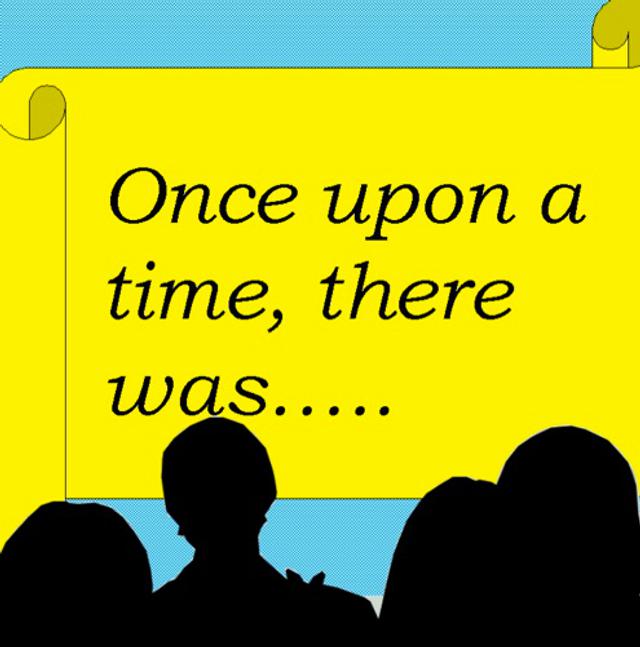Want to get inside your donor’s brain? Try storytelling
Charlie Hulme introduces us to his four articles that we will be featuring on SOFII in the coming weeks.
- Written by
- Charlie Hulme
- Added
- March 17, 2012

Of course storytelling is nothing new, only the logistics change, from cavemen drawing on walls to Kindles. TheNew York Times recently reported on research that we are pre-programmed to respond to stories – that the brain tells itself stories to make sense of daily events.
So why is storytelling so important to us in fundraising? Well, everyone knows that emotion drives charity giving, but what drives emotion?
Stories

They have the power to enthral and inspire us. It’s why novels always outsell textbooks; it’s why an episode ofEastEnders (one of the UK’s most popular soap operas) dealing with, say, alcoholism, child sexual exploitation, or HIV massively overshadows the ratings of a documentary tackling the same issues.
Commercial organisations have always been great at using storytelling techniques to get their message over, but how well do we do it in nonprofits? Not great according to a recent PhD analysis, which concluded that the majority of fundraising messaging was overly formal, cold, detached and abstract.
But we’re getting better. We can all think of great stories being told in direct mail or online appeals, but what happens when we switch to the oldest (and most powerful) method of all: one human being talking to another?

Let’s be honest, how much thought do we really put into the massive difference between what’s read or said? If our (honest) answer is ‘not much’ then we’re missing anenormous opportunity.
Research by the Neuroscience Institute of Princeton University in the USA shows that stories cause the brains of the speaker and listener to synchronise. No wonder the latest ‘Giving Trends’ (Third Sector Research, London, UK) says that the telephone is the most effective way to solicit donations.

So, over a short series of articles I’ll share methods we’ve learned, from over three million fundraising conversations a year, on how you can tell your stories most effectively to inspire new donors and increase engagement with existing ones. Together we’ll look at some of the key elements that so powerfully transform fundraising presentations into inspirational conversations:
- People not numbers.
- Hope not despair.
- Together not separate.
- Leaders not followers.
© Charlie Hulme 2012.
















